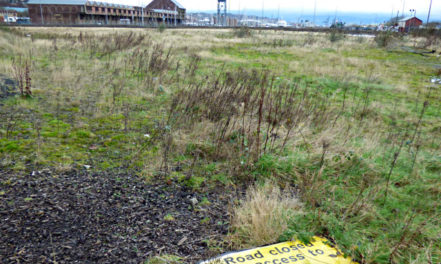
Brownfields and Green Belts
The land mass of the UK is 60,000,000 acres but only one-tenth of this is available for housing, shops and businesses. With a population of 65,000,000, space is tight! Moreover, the Green Belt policy pioneered by the UK since the 1950s has sought to prevent expanding city boundaries ~ so-called ‘urban sprawl’ ~ surrounding them with protected countryside instead.
Today the policy has its problems, which the brownfields concept seeks to address. Building is not usually allowed on Green Belt land, unless it is for farming purposes. Local authorities choose the location and size of their Green Belts but they can also reverse these decisions under pressure for more houses to be built. Building on the outer edge of Green Belts arguably incorporates them into the city and it may then prove increasingly difficult to stop them being nibbled away.
An alternative is to re-develop land within cities and towns which has fallen into dis-use. True, these will usually require more preparation work, but it is estimated that there is space for a million new homes on brownfields. Organisations such as the Campaign for Rural England strongly advocate their use.
(Image of brownfield site in Scotland: Thomas Nugent at geograph.org.uk / CC BY-SA 2.0)
